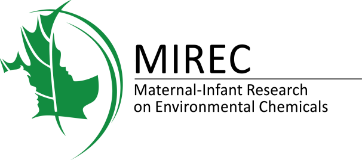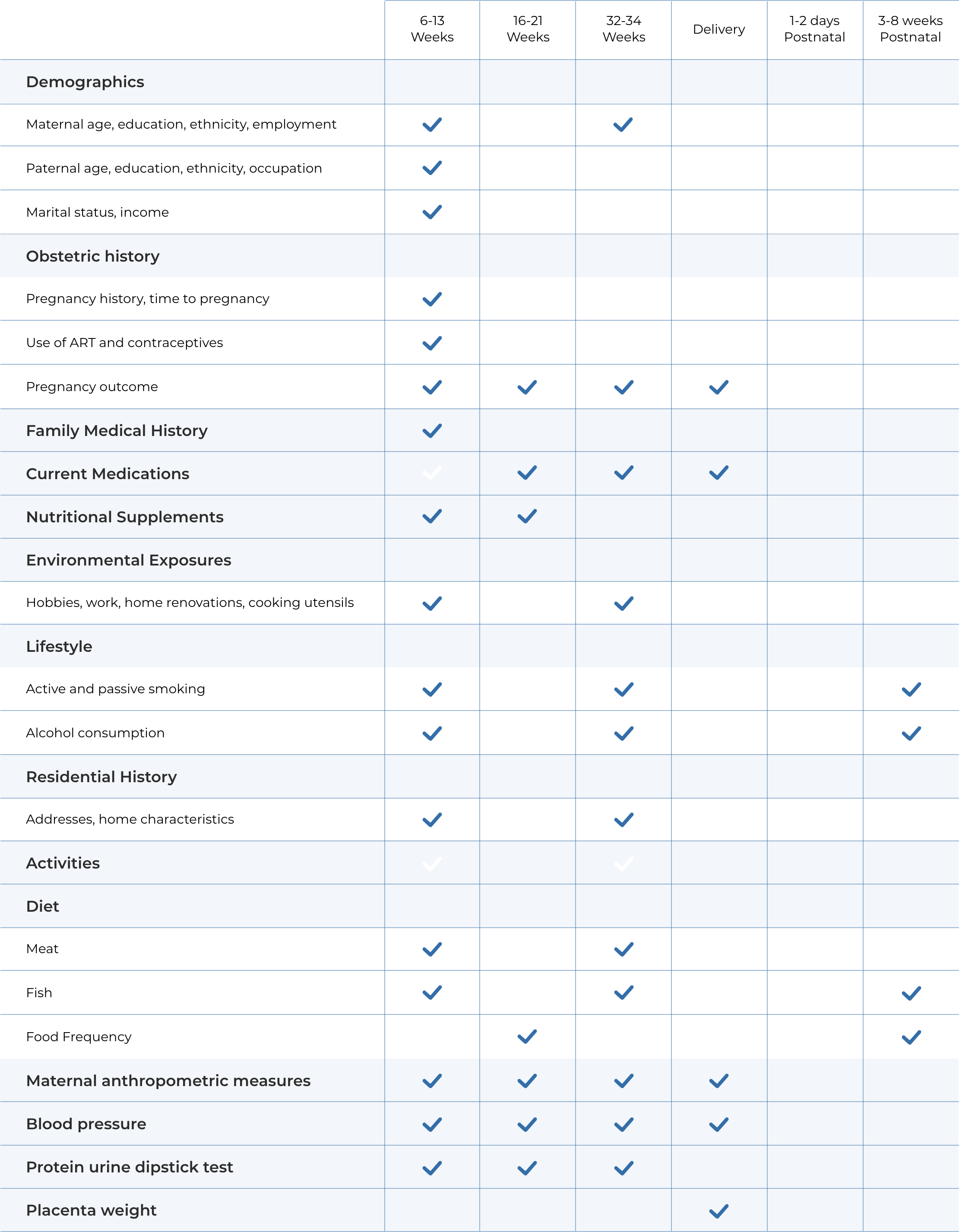A descriptive analysis of first trimester urinary concentrations of 14 bisphenol analogues in the MIREC Canadian pregnancy cohort.
Borghese MM, Huang R, MacPherson S, Gaudreau E, Gagné S, Ashley-Martin J, Fisher M, Booij L, Bouchard MF, Arbuckle TE. Int J Hyg Environ Health. 2023 Aug;253:114225. doi: 10.1016/j.ijheh.2023.114225
Question: Are pregnant Canadians exposed to 14 bisphenols, and if so, does exposure differ by personal characteristics, occupation, or canned fish consumption?
What did the researchers do:
This research was led by investigators at Health Canada. Researchers analyzed stored 1st trimester urine samples from the MIREC study for 14 bisphenols. Bisphenol A (BPA) was previously measured in urine samples in MIREC and these results were used in Health Canada’s decision to regulate BPA in baby bottles, canned foods, and some plastics. As a result of regulations like this one, manufacturers have shifted to using other bisphenol “analogues” which look or behave similarly to BPA. Some of these include BPS, BPF, and BPE. There are only a few studies of these newer bisphenols around the world, and only one previous Canadian study of just a few of these chemicals.
What did they find:
Five bisphenol analogues (BP 4,4’; DHDPE; BPE; BPF; and BPS) were detected in most urine samples. Two additional analogues were detected in some samples (less than 8%), and the remaining 7 were largely not detected. The levels of these newer chemicals in urine were less than half of the levels of BPA. Concentrations differed according to some personal characteristics, like age, level of education, and smoking status. Participants who were unemployed or working in the service industry had higher levels of some of these bisphenols in their urine. Eating canned fish was not associated with levels of bisphenols in urine.
What does this mean:
These results suggest that pregnant Canadians were exposed to some bisphenol analogues between 2008 and 2011, when the urines were collected. However, just because a chemical is found in urine, this does not mean that it is associated with any adverse health effects. In the future, MIREC researchers will look to see if these exposures are linked with health effects during pregnancy, childhood, and beyond.
Back to list





